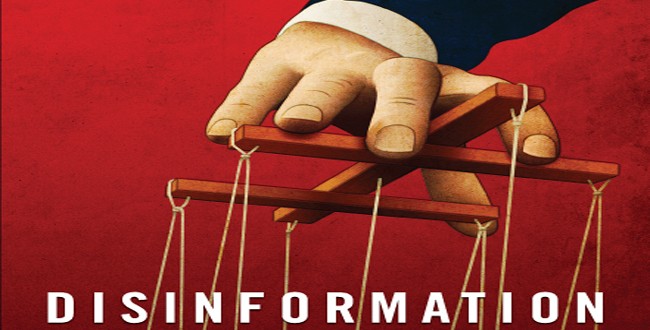E-commerce is growing, and the role of information strategy is becoming more widely appreciated. Even non-technical savvy consumers and industries experience new technologies and applications every day, and have been forced to cope with it. Technology is changing the world, and we expect much more to come.
Whereas some developments are accepted by the wider public without any hurdles, others face more resistance. Among the latter you will find dynamic pricing. Being a form of (price) discrimination, it is inextricably tied to ethical debates. This blog will give you some insights to see if you should be scared of it, or not.
A quick recap, what exactly is dynamic pricing again? Most simply put, it is about charging different prices for the same products. More eloquently said, its purpose is to capture consumer surplus (you know, what you were willing to pay in excess of what you actually did) and hence maximise revenue (Shpanya, 2014). Certain degrees of price discrimination specify the extent to which this can be done. This blog will focus on third degree price discrimination. This entails that the same product can be sold to several buyer segments at different at different prices. One forms a group of buyers with a shared price preference (say students), and charge them a lower price for the same products that other segments (i.e. non-students) would be offered.
One of the nifty tricks of the almighty technological advances again? Not really! Price discrimination is probably as old as commerce is, and can be traced back to ancient trade in Middle East bazaars (Knowledge@Wharton, 2005). What the internet did accelerate is the extent to which it can be executed real-time. Prices can thus, in general, be put more closely to your willingness to buy. Although you may less frequently catch a no-brainer discount, it will also enable overpriced products to average out to what you may consider to be fair. Moreover, it may incentivize sellers to compete on price, hence even erode prices (Knowledge@Wharton, 2005). In conclusion, you’ll probably ‘win’ sometimes, and you’ll probably ‘lose’ sometimes.
Then why do many people feel upset about it? The answer lies in the transparency of price setting. Online, customer often don’t know they pay a different price as it occurs. But the fact that it happens, and people are increasingly more aware of that, dissatisfies them. This makes dynamic pricing more about consumer behaviour than about rigid economics. It will be interesting to see how big data, as a means to capture and measure human behaviour, will add to this (psychological) equation. What do you think about this? Feel free to leave your opinion down below!
Shpanya, A. (2014), What is price discrimination and is it ethical? (Online), Available at: https://econsultancy.com/blog/64068-what-is-price-discrimination-and-is-it-ethical/ (Accessed 12 October 2016)
Knowledge@Wharton (2005), What Consumers — and Retailers — Should Know about Dynamic Pricing (Online), Available at: http://knowledge.wharton.upenn.edu/article/what-consumers-and-retailers-should-know-about-dynamic-pricing/ (Accessed 12 October 2016)


